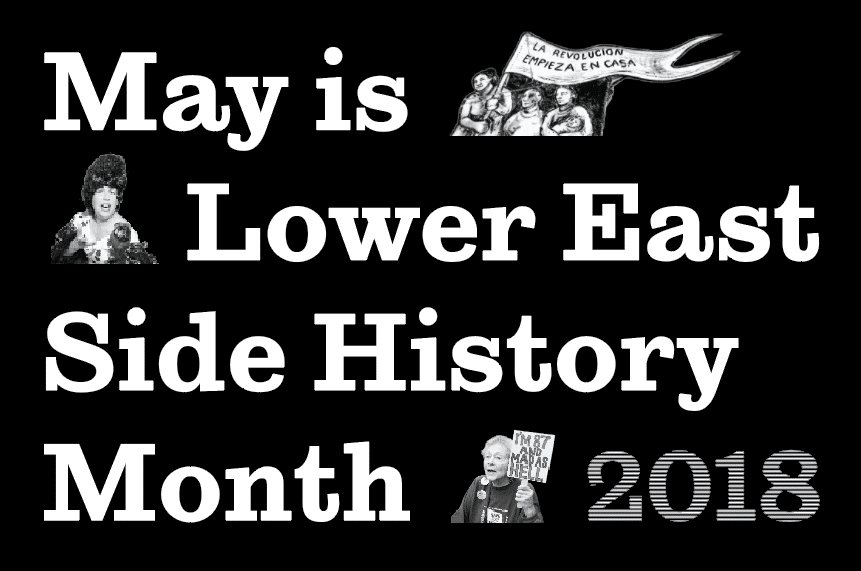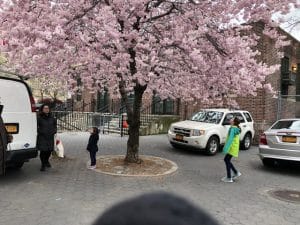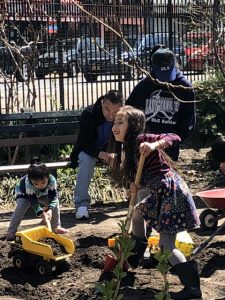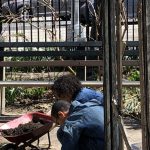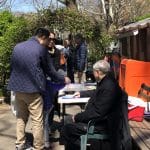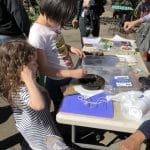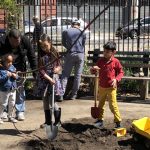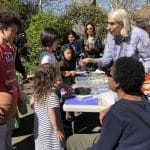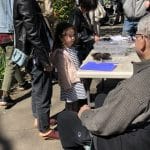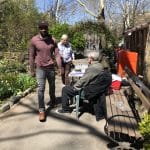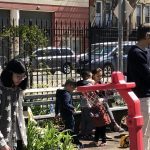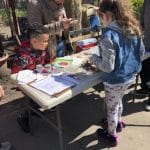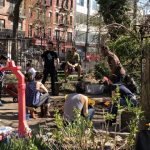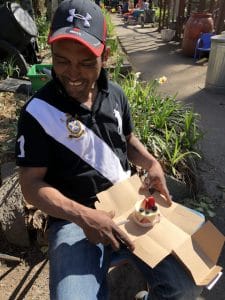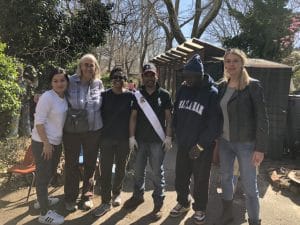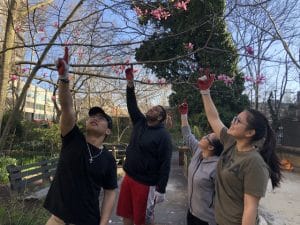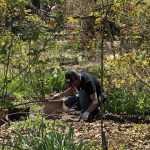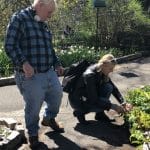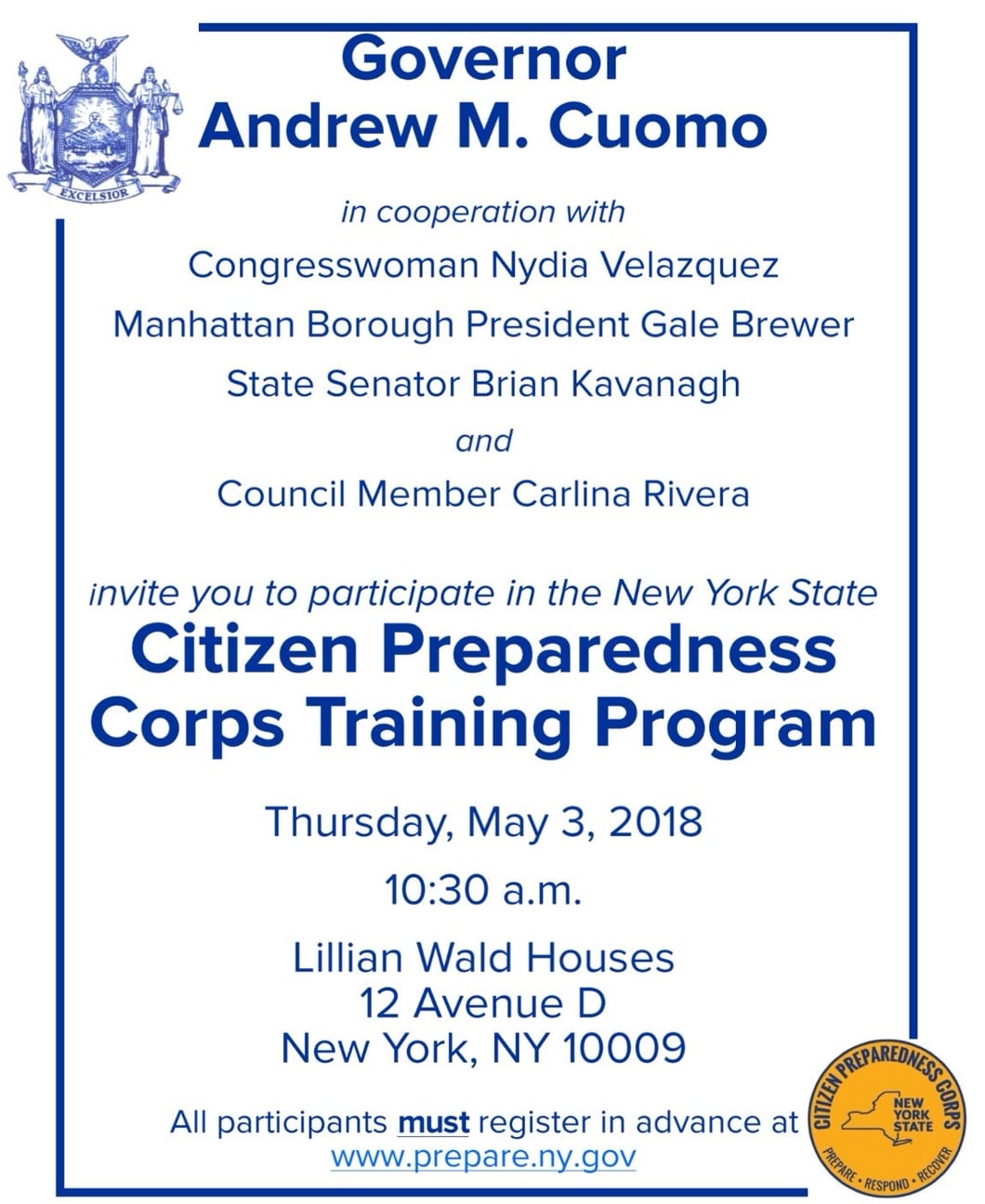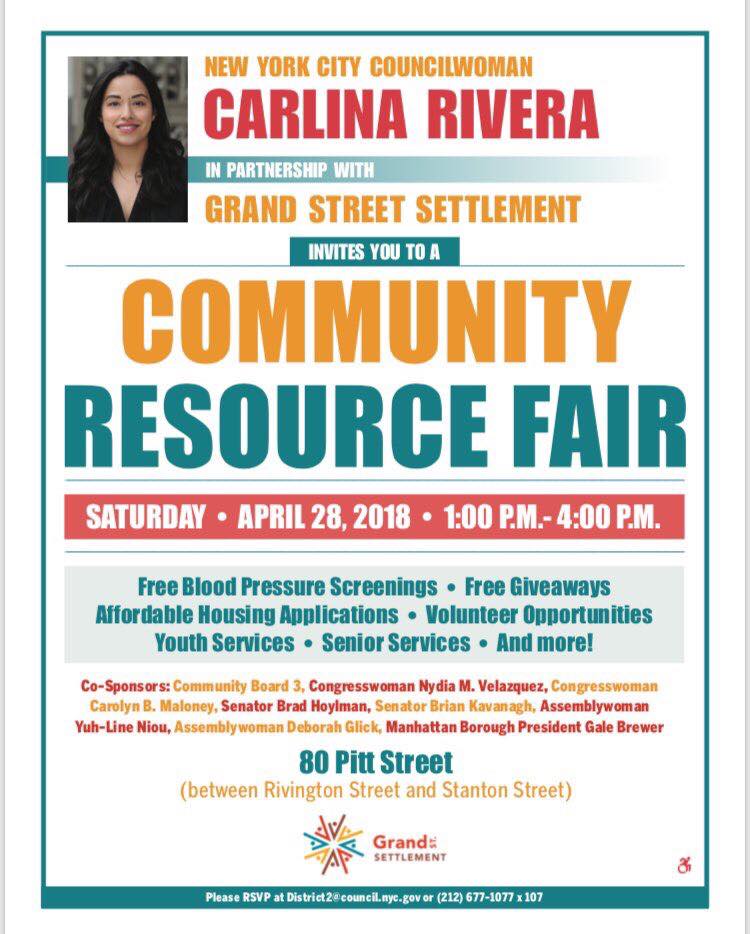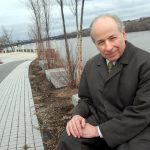Long-Forgotten Pictures Capture Escape and Discovery in the City’s Parks.
From the NYTimes: By JIM DWYER APRIL 27, 2018
“Admission to the exhibit, like the parks and starlight, is free”
“Six months ago, a conservancy official cleaning out an office came across two cardboard boxes that had been sitting around for decades.
Inside were 2,924 color slides, pictures made in parks across New York City’s five boroughs late in the summer of 1978. No one had looked at them for 40 years.
Until now, none of these images have ever been displayed or published. A selection of them are here and in a special print section. More will be on view from May 3 through June 14 at the Arsenal Gallery in Central Park, 830 Fifth Avenue, near 64th Street.
….the work of eight staff photographers…who were idled for nearly three months in 1978 by a strike at the city’s newspapers— Neal Boenzi, Joyce Dopkeen, D. Gorton, Eddie Hausner, Paul Hosefros, Bob Klein, Larry Morris, and Gary Settle — met with Gordon J. Davis, the city parks commissioner.”
Mental Health, State of the LES, NYS AG Get Rid of Unused Meds, Protect Merchant House, Weigh in on NYC Urban Agriculture Policy
From Politico:
MENTAL HEALTH — De Blasio creates task force to improve response to emotionally distressed New Yorkers:
The de Blasio administration today announced the creation of the NYC Crisis Prevention and Response Task Force. The six-month effort is aimed at improving the city’s response to emotionally distressed New Yorkers, looking for ways to increase early intervention programs so people receive services before there is a crisis. The new task force is also supposed to improve coordination between health and public safety systems.
From Downtown Art: The State of the LES
a community gathering for learning, discussion, and reflection
a LES History Month event
Wednesday, May 30th
6:30 – 8:15pm
Downtown Art – 70 East 4th Street
organized by FABnyc and Downtown Art
From NYS Attorney General’s Office:
Get rid of your unused medication.
Stop addiction.
Protect our waters.
End the opioid crisis.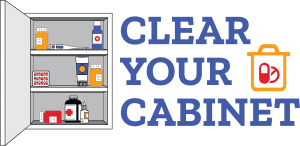
From BAN: Update on the endangered Merchant’s House Museum:
NY1 News piece / Next CB2 hearing details
This 1832 townhouse–NYC’s first designated landmark-is fighting prevent a luxury hotel tower from going up next door. Engineering and architecture experts have warned that such work would like destroy this irreplaceable landmark.
Next CB2 Hearing: Wed May 9, 6:30pm at Grace Church School, 86 Fourth Ave, Tuttle Hall
More info: Margaret Halsey Gardiner, Executive Director, Merchant’s House Museum, 29 East Fourth Street, NY NY 10003/212-777-1089
About the Merchant’s House. Built in 1832, the Merchant’s House was home to a prosperous merchant family and their Irish servants for almost 100 years. Complete with the family’s original furnishings and personal possessions, the house offers a rare and intimate glimpse of domestic life in New York City from 1835-1865.
From LUNGS: NYC URBAN AGRICULTURE POLICY Meeting And Survey
PUBLIC MEETING Saturday, April 28, 1pm at Green Oasis, E.8t between Aves C & D.
New York City is in the process of developing an Urban Agriculture Policy. This will affect all of us. Urban Agriculture can be anything from beekeeping to fishing in the East River to growing peppers in your plot.
Your ideas and input are vital to developing a coherent policy that helps us all. We need access to fresh, healthy, and affordable food. The City must support our needs.
To be part of the process, come this Saturday, April 28, 1pm at Green Oasis, E.8St. and fill out this survey.
Most broadly, urban agriculture refers to growing and raising food crops and animals in an urban setting for the purpose of feeding local populations. Cities choose to narrow and focus this definition in various ways, often categorizing urban agriculture as one or more of the following: community gardens, commercial gardens, community supported agriculture, farmers’ markets, personal gardens, and urban farms.
New York City has a long, rich history in urban agriculture. From backyards to community gardens to urban farms, across the five boroughs concerned community members have been growing food as well as greening communal spaces in our neighborhoods for decades. For-profit growing businesses have also entered the NYC urban agriculture landscape.
It is important to hear from you, please fill this out: SURVEY LINK
M’Finda Garden: LadyBug & Worm Release, Chickens Back, Jose Going, Pace HS Advisory Helping & Garden Work
Thanks to Jenifer and her merry band of helpers (JD, Jade, Bud and more!).
Jose, hard working volunteer is packing off for the summer so a few gardeners sent him off with a Ceci Cela treat!
Chickens have returned, Pace HS Advisory helping out, and work and chess and flowers go on in the Garden and Park!
Governor Cuomo: Emergency Preparedness Training & Readiness Backpack Distribution
(With the offices of Rep. Nydia Velazquez, Borough President Gale Brewer, Senator Brian Kavanagh, and Council Member Carlina Rivera)
A 2 hour-training for residents to get the tools and resources to prepare for any type of disaster, respond accordingly and recover as quickly as possible to pre-disaster conditions.
The event will be held on Thursday, May 3, 10:30 AM at Lillian Wald Houses, 12 Avenue D, New York, NY 10019. Participants are required to register in advance at www.prepare.ny.gov
Eugene Leff Dies: Earth Hero Whose Efforts Spurred the Creation of the SuperFund Clean Up Program
From the NYTimes:
“Eugene Leff… reached a record settlement for New York State with a chemical company accused of burying toxic waste at Love Canal, the Niagara Falls neighborhood whose contamination became a symbol of environmental disaster…
Cindy Schultz/Albany Times Union
“Besides arguing the Love Canal case he pursued litigation to remove PCBs..”
As an assistant state attorney general and New York’s lead lawyer in the case, Mr. Leff successfully concluded a 14-year lawsuit in which the former owners of a dumpsite at Love Canal agreed in 1994 to pay $98 million and to assume cleanup costs and other expenses that would eventually amount to millions of dollars more.
….bubbling up into the basements of houses that had been built on the site, a 16-acre former landfill…. Balls of caustic residue were observed burning on the ground after rising to the surface.
The Love Canal case spurred Congress to create the federal Superfund cleanup program. The New York settlement remains the state’s largest for a hazardous-waste case.”
Thank you on behalf of the planet and the rest of us.
Cuomo Ban on Plastic Bags: Follow NYC Lead Here. We Had a Better Solution
From NY Daily News:
“…There are two ways to do this intelligently: By banning plastic bags and putting a fee on paper, or by putting a fee on all disposable bags. Cuomo is pressing ahead with a third way, that’s likelier to produce negative side effects…
“…the Cuomo-ordered task force came back with its report in January. It says that plastic bag bans — exactly what Cuomo now proposes — backfired in San Jose, Chicago and Honolulu, as merchants just switched to using slightly heavier “reusable” plastics or relied more on paper bags“…
…Marcia Bystryn, president of the New York League of Conservation Voters, dissented from the task force report because it neither backed a universal fee like the city tried or combined a thin-plastic-bag ban with a fee on other bags, like California has now sensibly adopted.”
Alternative Energy News: Offshore leases part of U.S. energy push
From TimesUnion:
“President Donald Trump has courted coal miners and cast doubt on whether fossil fuels contribute to climate change, but that hasn’t translated into hostility for renewable energy — particularly offshore wind.
Using federal offshore leases, wind power projects along the East Coast, including off the shores of Massachusetts, New Jersey, Connecticut, Virginia and New York, are pressing ahead with the goal of transforming the electric grid and providing energy to power millions of homes…”
NYC Comptroller Stringer: Town Hall May 21st
It’s our job to let elected officials know what we know and to listen to what they know.
Please, let your best thinking be heard!
- Go to the previous page
- 1
- …
- 87
- 88
- 89
- 90
- 91
- 92
- 93
- …
- 163
- Go to the next page

